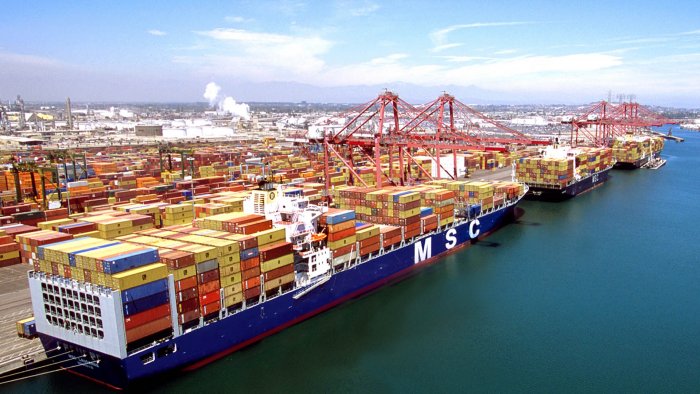Stages and Rules Of Shipping Products
Shipping goods is a large-scale process. There are many steps to take to do it properly.

When shipping a product overseas, the exporter must be aware of packing, labeling, documentation, and insurance requirements. It is important that exporters ensure that the merchandise is:
- Packed correctly so that it arrives in good condition;
- Labeled correctly to ensure that the goods are handled properly and arrive on time at the right place;
- Documented correctly to meet U.S. and foreign government requirements, as well as proper collection standards; and
- Insured against damage, loss, pilferage and delay.
Most exporters rely on an international freight forwarder to perform these services because of the multitude of considerations involved in physically exporting goods.
An international freight forwarder is an agent for the exporter in moving cargo to an overseas destination. These agents are familiar with the import rules and regulations of foreign countries, the export regulations of the government, the methods of shipping, and the documents related to foreign trade. Freight forwarders assist exporters in preparing price quotations by advising on freight costs, port charges, consular fees, costs of special documentation, insurance costs, and their handling fees.
Freight forwarders can also make arrangements with customs brokers overseas to ensure that the goods comply with customs export documentation regulations. A customs broker is an individual or company that is licensed to transact customs business on behalf of others.
Stages of shipping:
Packing
Exporters should be aware of the demands that international shipping puts on packaged goods. Exporters should understand four potential problems in mind when designing an export shipping crate:
breakage, moisture, pilferage and excess weight.
Labeling
Specific marking and labeling is used on export shipping cartons and containers to:
- Meet shipping regulations;
- Ensure proper handling;
- Conceal the identity of the contents;
- Help receivers identify shipments;
- Insure compliance with environmental and safety standards.
The overseas buyer usually specifies which export marks should appear on the cargo for easy identification by receivers. Products can require many markings for shipment. For example, exporters need to put the following markings on cartons to be shipped:
- Shipper's mark;
- Country of origin;
- Weight marking (in pounds and in kilograms);
- Number of packages and size of cases (in inches and centimeters);
- Handling marks (international pictorial symbols);
- Cautionary markings, such as "This Side Up" or "Use No Hooks" (in English and in the language of the country of destination);
- Port of entry;
- Labels for hazardous materials (universal symbols adapted by the International Airi Transport Association and the International Maritime Organization);
- Ingredients (if applicable, also included in the language of the destination country).
Packages should be clearly marked to prevent misunderstandings and delays in shipping. Letters are generally stenciled onto packages and containers in waterproof ink. Markings should appear on three faces of the container, preferably on the top and on the two ends or the two sides. Ant old markings must be completely removed from previously used packaging.
Customs regulations regarding freight labeling are strictly enforced. For example, many countries require that the country of origin be clearly labeled on each imported package. Most freight forwarders and export packing specialists can supply the necessary information regarding specific regulations.
Documentation
Exporters should seriously consider having the freight forwarder handle the formidable amount of documentation that exporting requires as forwarders are specialists in this process. The following documents are commonly used in exporting:
- bill of lading
- commercialinvoice
- consular invoice
- certificate of origin
- Inspection certification
- dock receipt and a warehouse receipt
- destination control statement
- Shipper's Export Declaration(SED
- export license
- export packing list
- insurance certificate
The number and kind of documents the exporter must deal with varies depending on the destination of the shipment. Because each country has different import regulations, the exporter must be careful to provide all proper documentation.
Insurance
Damaging weather conditions, rough handling by carriers, and other common hazards to cargo make insurance an important protection for exporters. If the terms of sale make the exporter responsible for insurance, the exporter should either obtain its own policy or insure the cargo under a freight forwarder's policy for a fee.
Export shipments are usually insured against loss, damage, and delay in transit by cargo insurance. Carrier liability is frequently limited by international agreements.
Although sellers and buyers can agree to different components, coverage is usually placed at 110 percent of the CIF (cost, insurance, freight) or CIP (carriage and insurance paid to) value.
Tariffs
Finally, it is very important to consider the effects of tariffs, port handling fees, and taxes when determining your product's final cost as they can be high. Typically, the importer pays these charges. However, these costs will influence how much the buyer is willing to pay for your product.






Comments 0